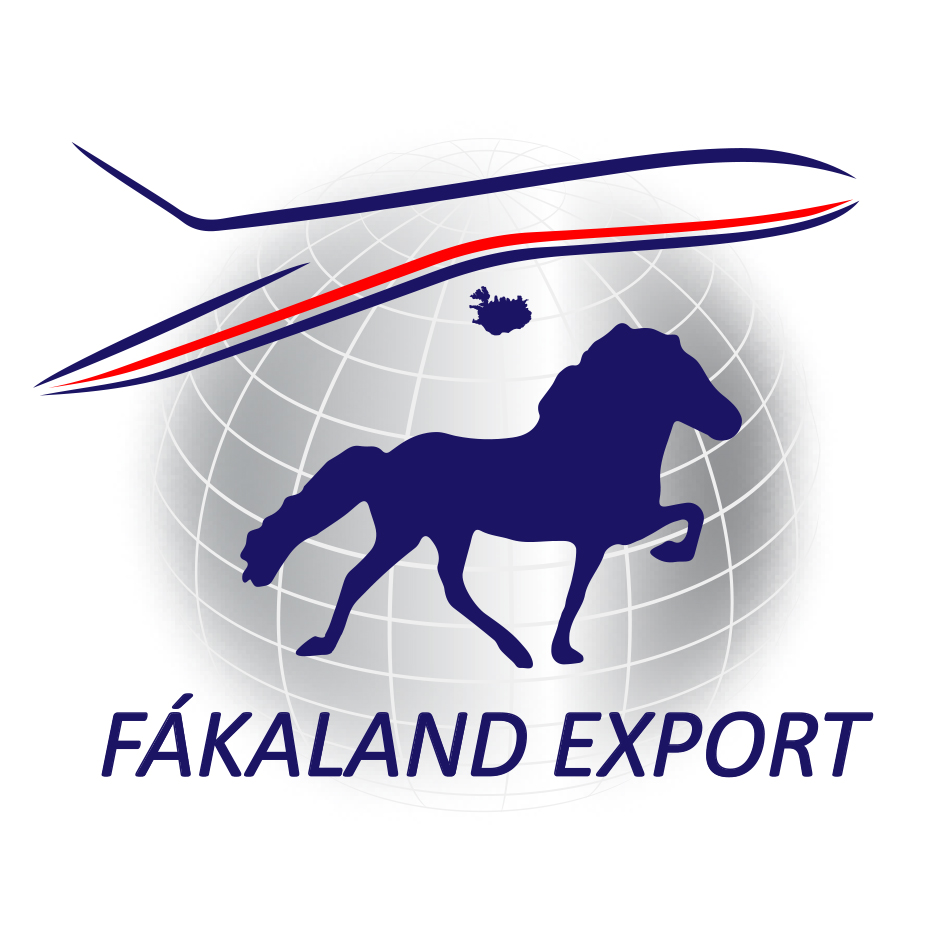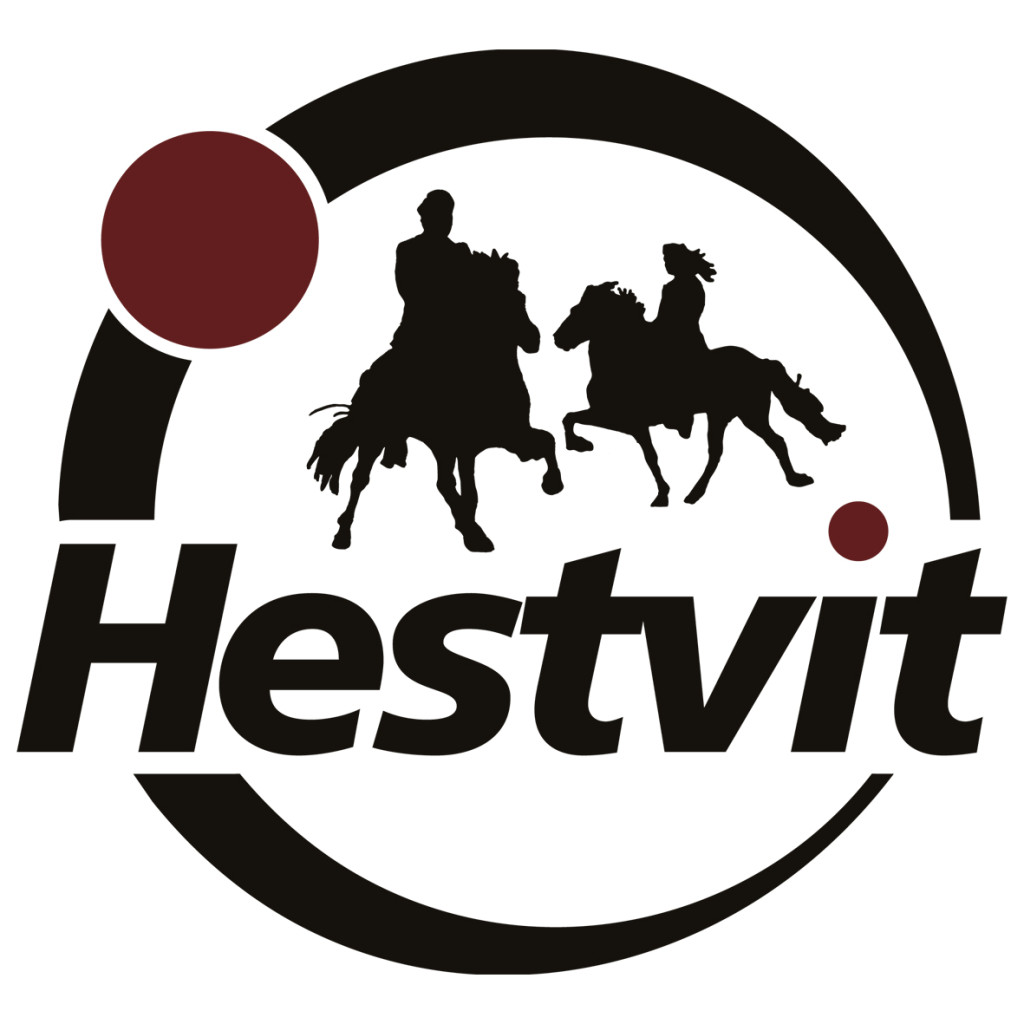Icelandic horses are traditionally kept in big herds while growing up. All over the world, most Icelandic horses are kept outside or in open stables their whole life all year round, and only the riding horses in Iceland are usually in stables over the winter. In spring, as soon as there is enough grass in the pastures the horses are let out to graze through the whole summer and autumn.
In Iceland, people who keep their horses in the same summer pastures like to gather and ride in big groups to the pastures to visit their horses. This is something many horse people are looking forward to through the long winter: an extended summer ride with friends, horses full of excitement, while honouring the traditional way of traveling.
Summer travels
Many riders in Iceland consider summer travels to be the highlight of the year. Throughout the winter, they have trained their horses for this purpose and spent many hours with friends planning the next summer's trip over coffee or something else. Summer riding trips can take days or weeks and require extensive planning. Often people ride into the Highlands and sleep in cabins along the way, which need to be booked in advance. Some of the more popular trips follow ancient routes people used for travelling between different parts of the country before there were any cars or roads. Riders gather at a predetermined starting point, each of them bringing 3-5 horses. Then they ride into the wilderness. The spare horses run free, lining up behind the riders at front. A few of the riders stay at the back of the line to make sure all of the loose hourses follow. By changing horses regularely, the riders make sure none of them are overworked. After a few days, the horses build up amazing stamina as well as joy of running. Both the horses and their riders experience a unique sense of freedom which doesn't compare to anything else.
While horse owners in Iceland usually organise ther own trips, riding tour operators all over the country offer tours for people who don't have any horses in Iceland or would rather leave the planning to someone more experienced. One can choose everything between day trips to tours that last several weeks. Going on one of these extended trips through the spectacular Icelandic landscape is the experience of a lifetime. This is the perfect opportunity for the rider and mount to become closely acquainted with each other; man and horse become one.
Autumn break
The Icelandic tradition og giving the riding horses an “autumn break” when they are not ridden for several weeks, often 2 - 3 months, remains strong. During this time, the shoes get pulled and the horses roam vast pastures, often in big herds. As the weather grows colder and the horses' hair grows longer to full winter coat, many riders report that their horses also change behaviour. They often seem a bit sleepy, play less and have less energy while ridden. The horses of Iceland are well adapted to the country's climate. One aspect of that is making the most of the short summers and collect fat so that they can survive the long and often harsh winters. This is the time of year to start working with the youngsters, which are started at 3-5 years under saddle.
Stable areas in Iceland
After the autumn break the anticipation of getting the horses back in training builds up. Iceland is unique in having stable-villages by every single town where the people from that area keep their horses. These stable-villages consist of several stables, mostly privately owned, built right next to each other. Horse owners share the facilities of the stable area which are superwised and maintained by the local riding club. These include trails, oval tracks and pace tracks, as well as outdoor and in-door riding arenas. The "kaffistofa", or coffee-room, is indispensable in every stable, often facilitated as fully equipped (and heated!) kitchen and dining area. This is both practical and provides endless social opportunities for quick visits between the stables, as well as company for going out for a hack together and general team spirit.
-
In Iceland
The Icelandic horse is the manifestation of Icelandic nature; authentic, pure, powerful and free. Read more -
Riding the Icelandic horse
The Icelandic horse provides riders with an intimate link to nature. Read more -
Tack & Equipment
Icelandic horses are usually ridden with tack designed specially for the breed. Read more

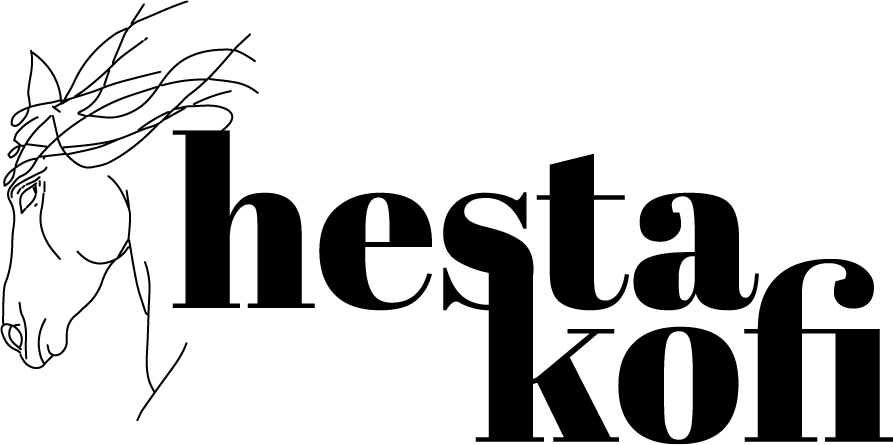
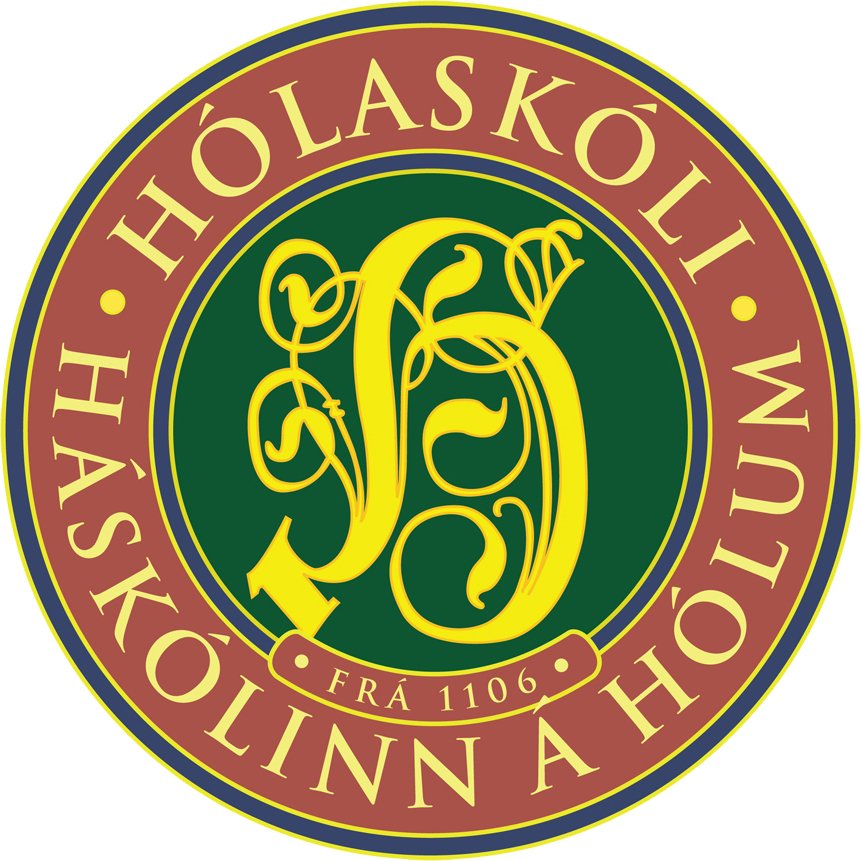



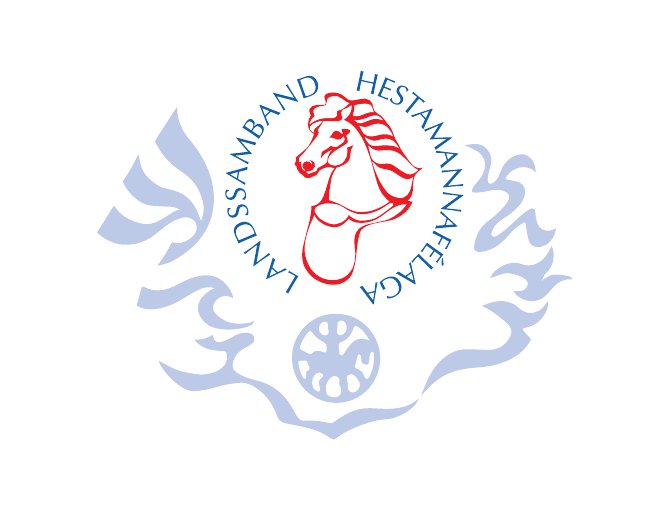



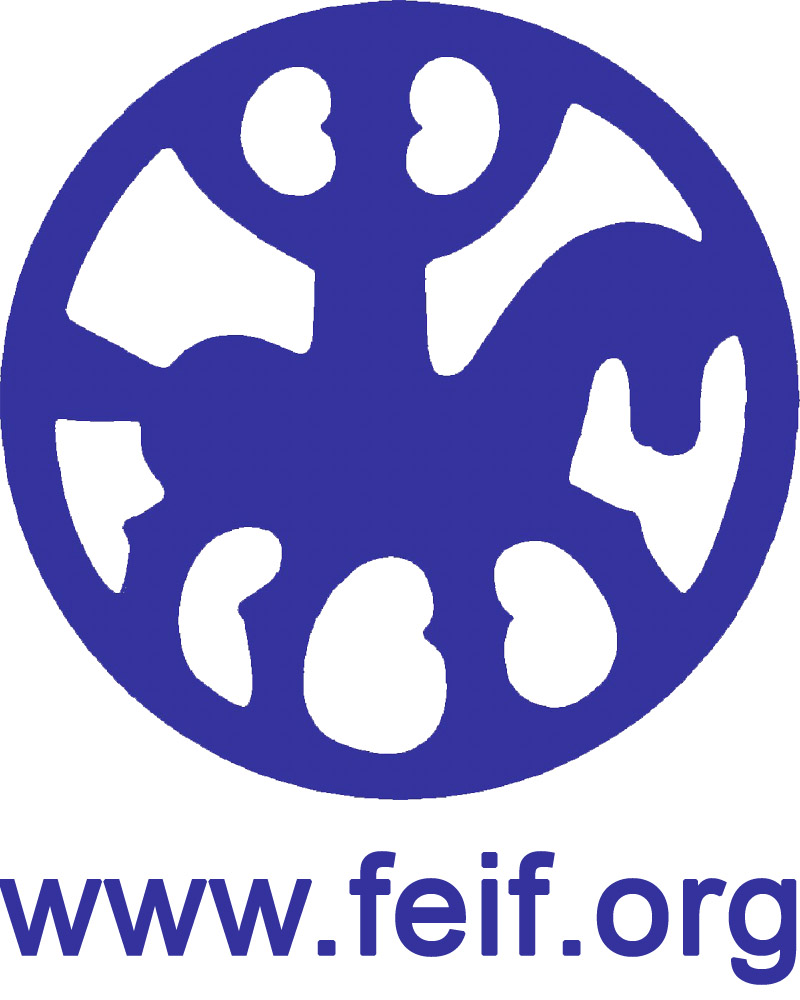

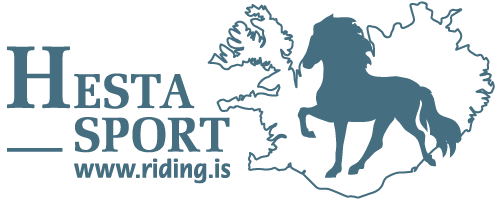


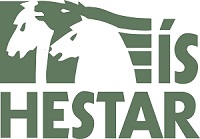

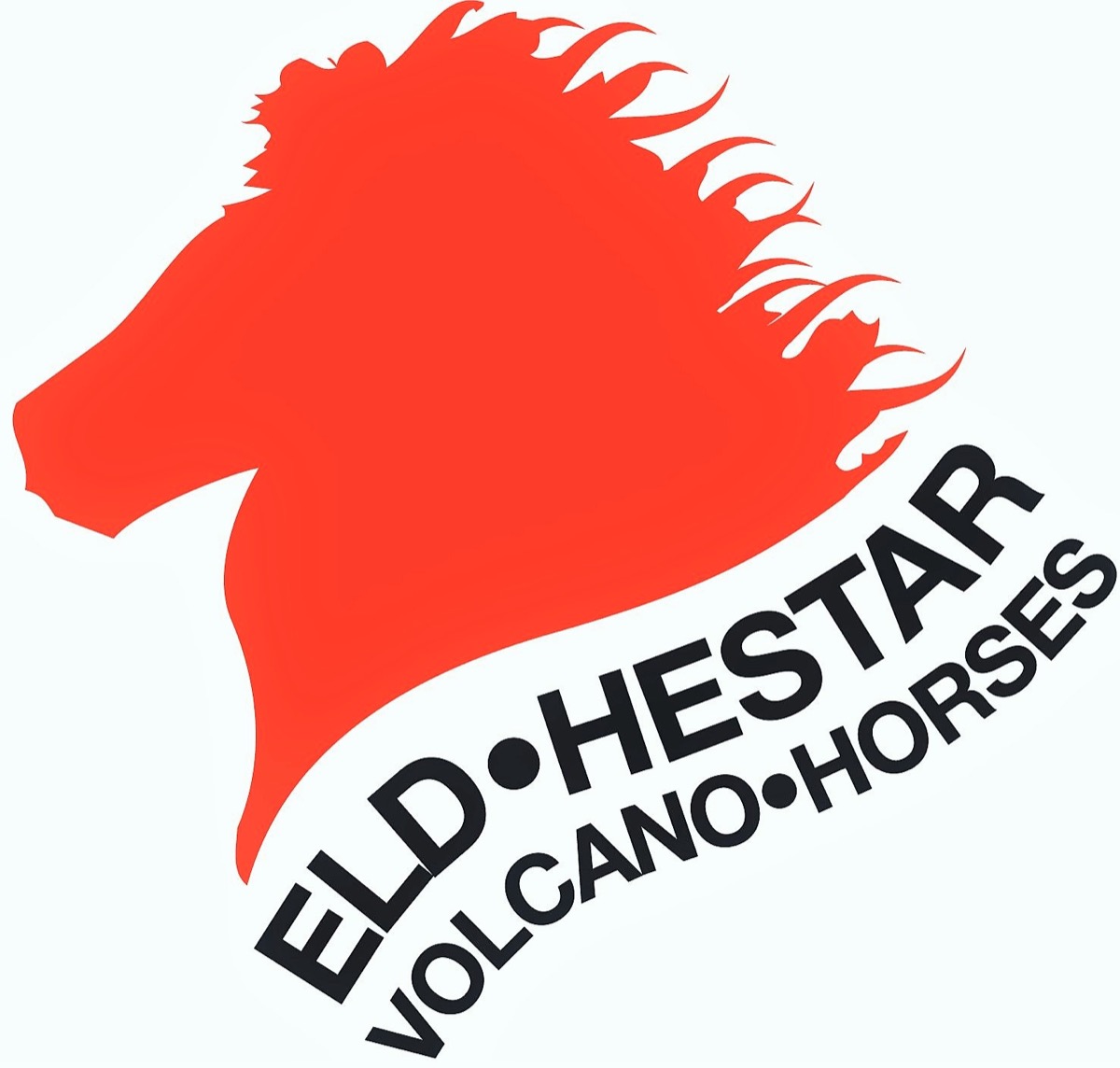
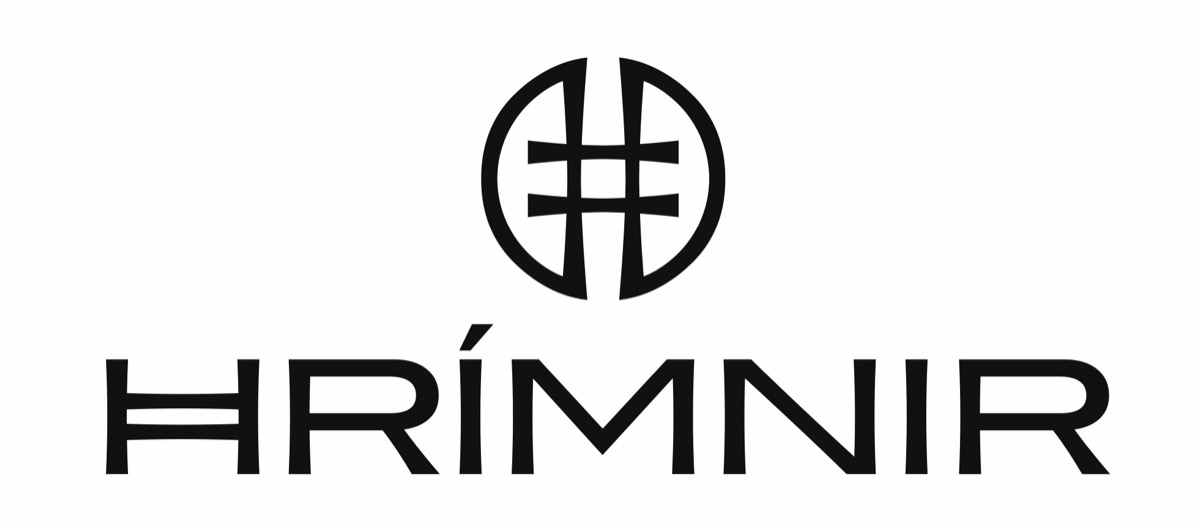


-1.jpg)
